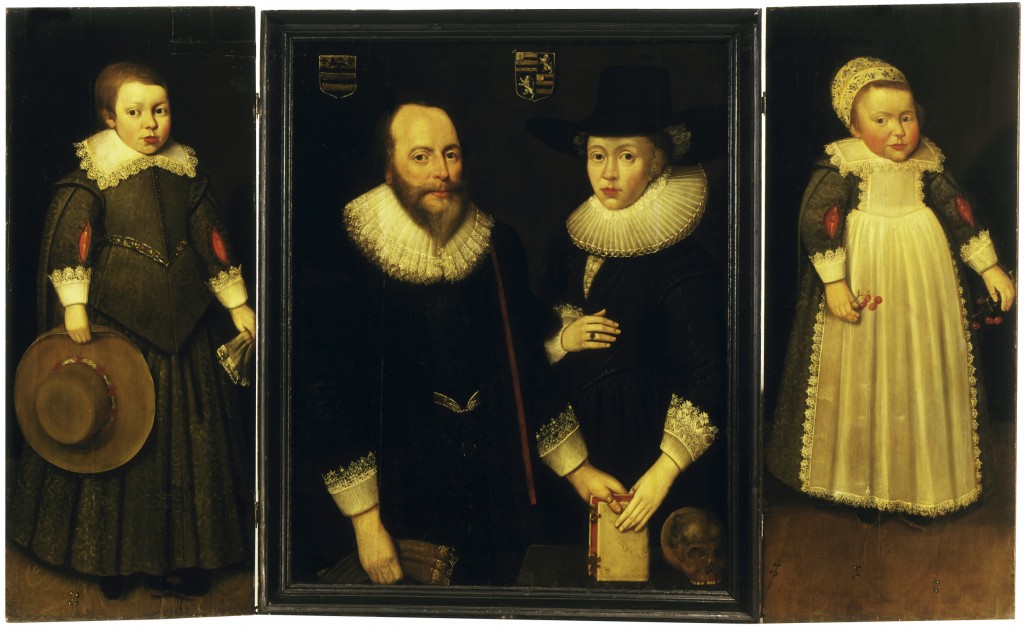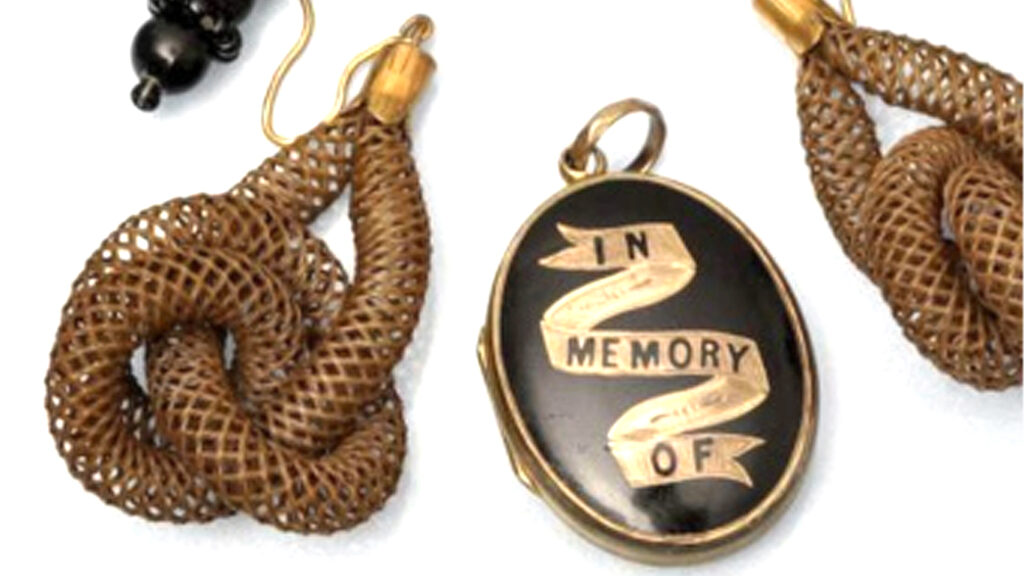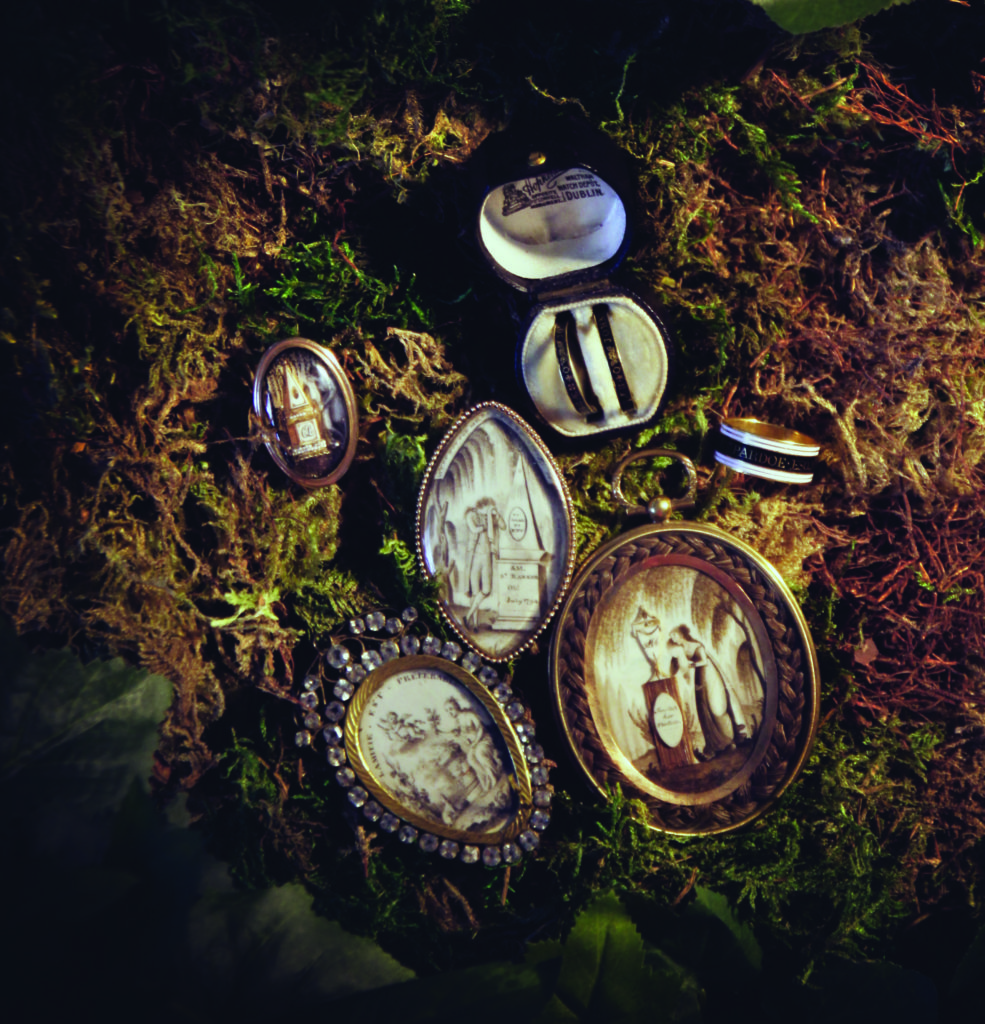Textiles: 17th Century, Part 2

Men’s fashion over this century followed on from Elizabethan times, as mourning cloaks and hats still remained popular. It wasn’t until the 1670s that new fashions were introduced; wearing buttoned coats which reached to the mid-thigh, with wide hats and long hair or wigs entering fashion. Full mourning cloak was worn by chief mourners, with the train carried by train-bearers. Mourning gowns had previously been in fashion, but scarves with cloaks replaced this. Conventional mourners wore scarves over their black coats. Scarves were black for a male funeral and white for a woman or child. Male costume was becoming fashionable, as mourning gowns with hoods and lirpipes slowly became unfashionable and were quite unfashionable by the turn of the 17th century.
Accessories were quite prolific for men, ranging from ‘black ‘cloth’ shoes, dull black gloves black waistcoat and coat buttons, black stockings and black sword covers and belts. Mourning swords were even available.*’ Cavalier hats relaced those of the wavy brimmed variety of the Elizabethan era and the high turned crowned hats subsequently replaced these in the Restoration period. Along with these, ‘weepers’ were introduced, which was a hatband made from black or white silk, wound around the crown and the ends falling down the wearer’s back. In memorial fashion, these would stay consistent for over two hundred and fifty years.
Female fashion evolved to a greater degree than male fashion, but this would increase as time went on, with male fashion remaining static in the 19th century and female fashion becoming more elaborate. Up to the 1620s, female mourners still used forward-tilted wheel farthingales, padded sleeves, ruffs and long stomachers. Mantles combined with trained mantles and large arched hoods were used for the more important. Waist-length black veils, wired out to avoid the ruffs were used for the not so important.
During the 1620s, farthingales and ruffs were abandoned for lace-edged falling collars, waists began to rise and sleeves became voluminous and billowed. Not long after this in the late 1620s and 30s, arched hoods began to make their exit from fashion and post 1650, mourning mantels dropped out of fashion. Ladies began to mourn in black gowns with extra long trains and silk veils.
By the end of the 17th century, fashion had evolved radically. ‘Mantua’ dresses with long stomachers and looped-back skirts were adopted for mourning use. The ‘Paris’ or ‘Mary Stuart Cap’ is worn under veils until the end of the 17th century and drop earrings were popular. The ‘mantua’ dresses were made in dull black silk with white linen undersleeves and neck-frills. Black and white caps were worn beneath mourning hoods or veils. The ‘shadow’ veil was also worn, shaped to a point over the forehead without a cap underneath.






